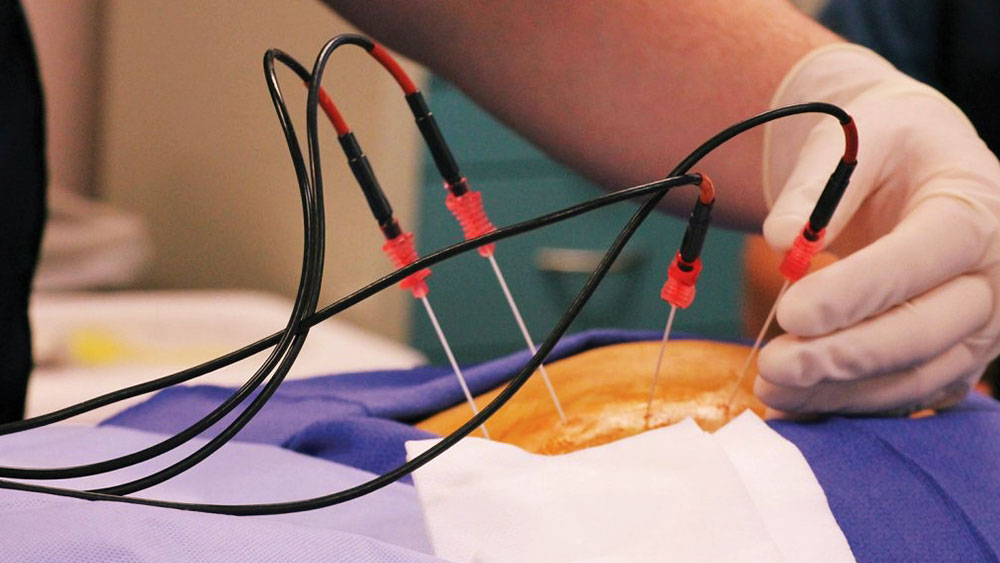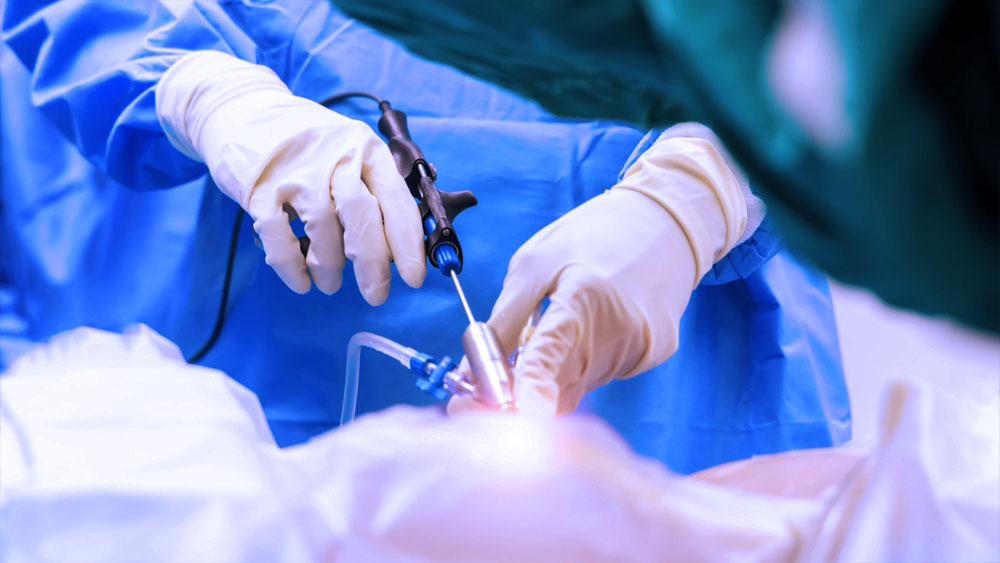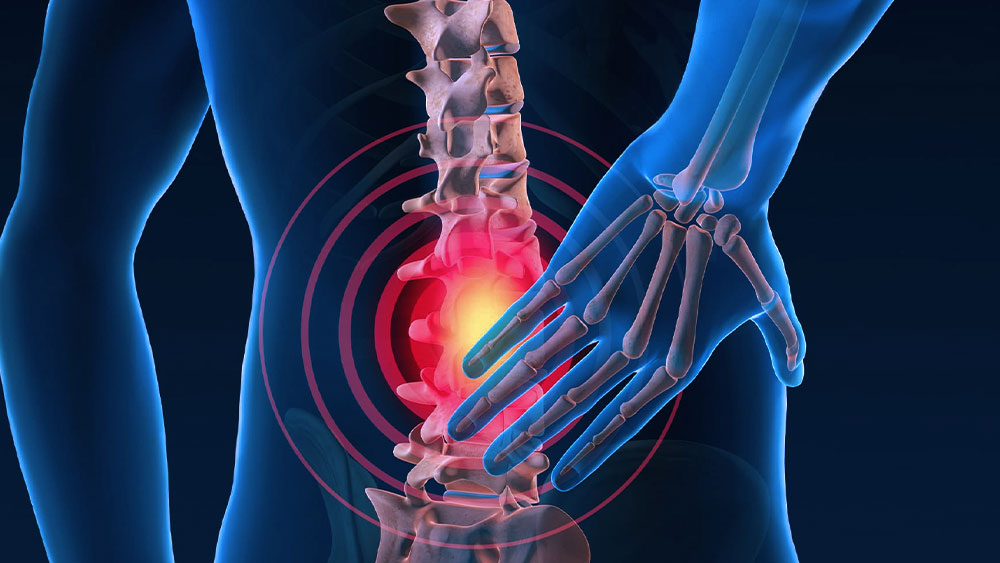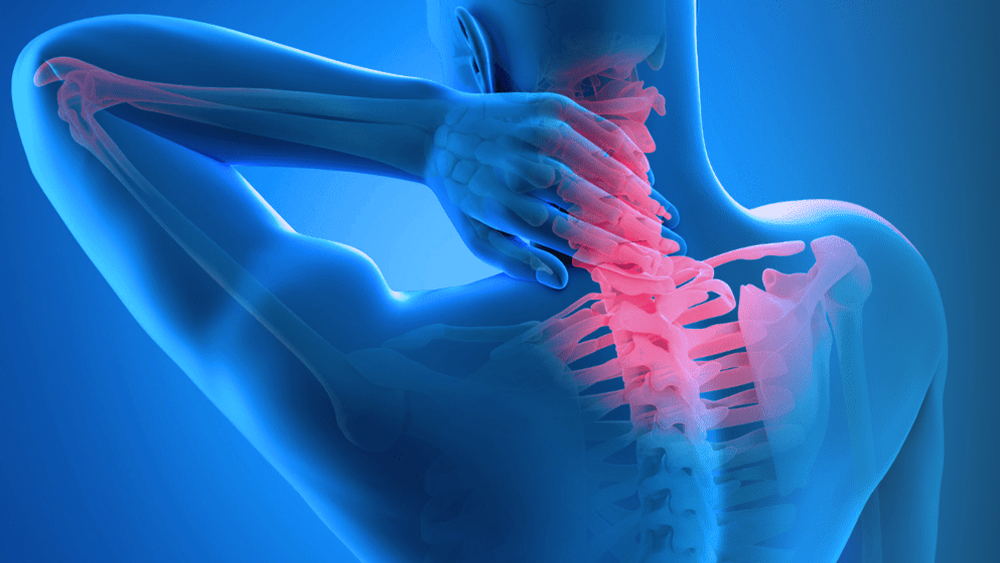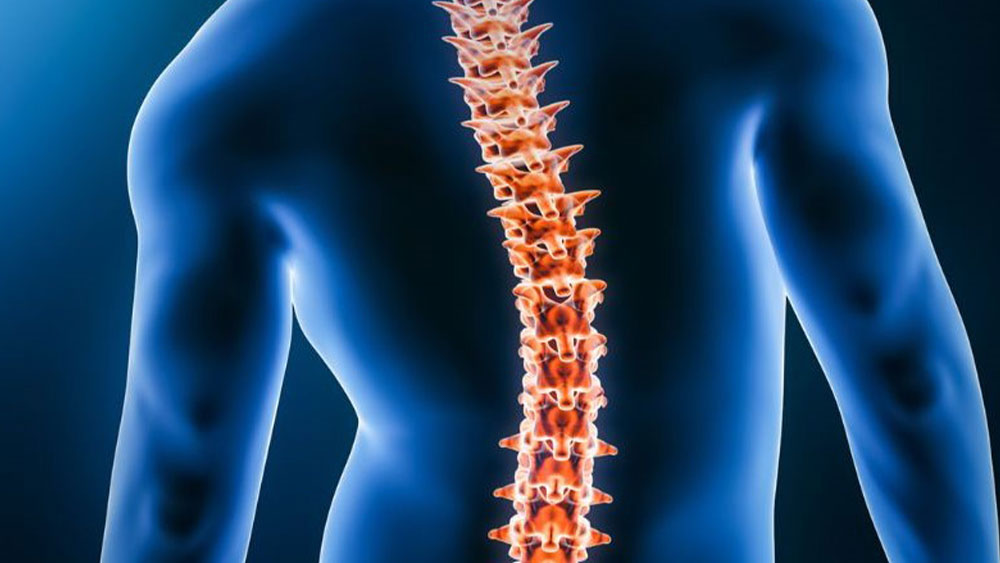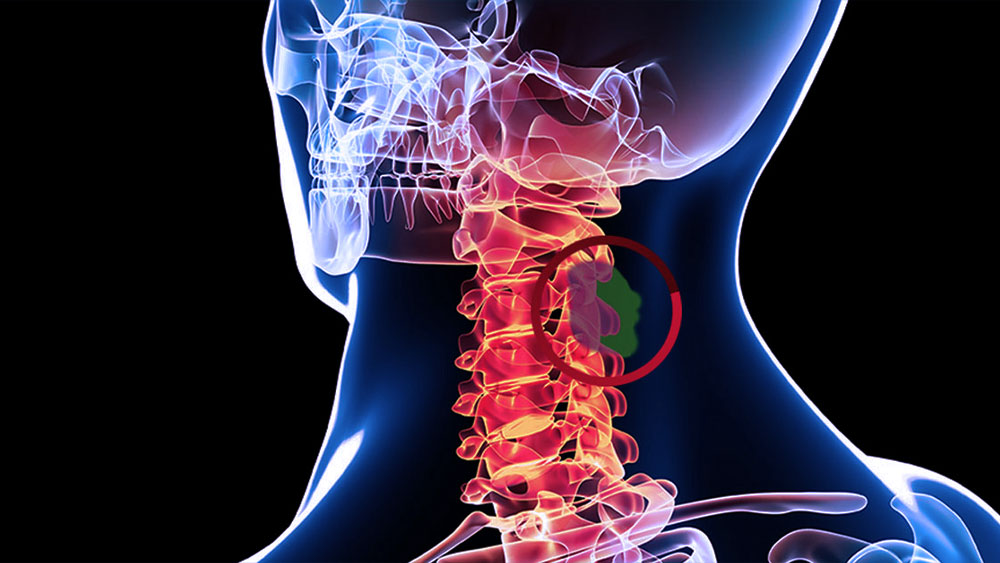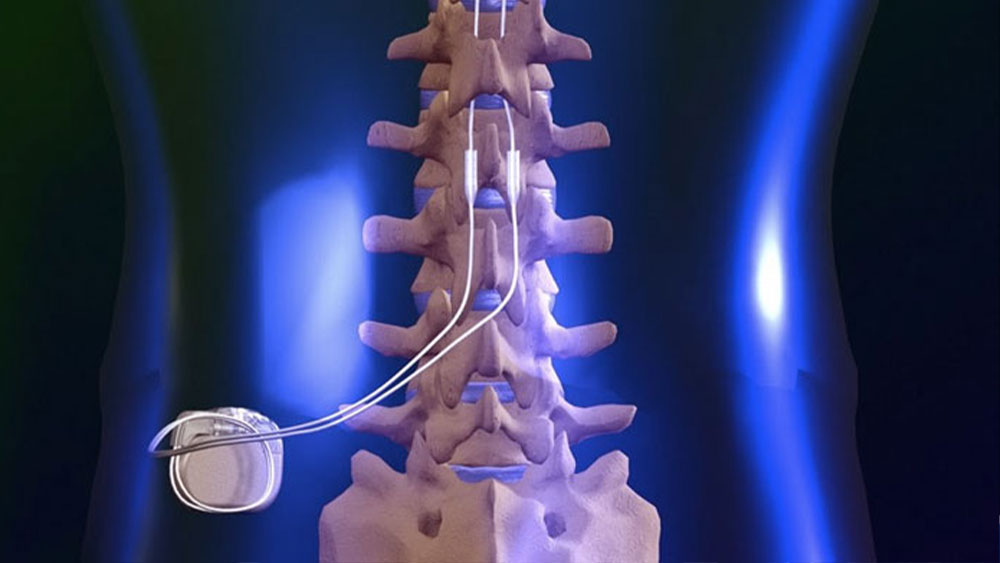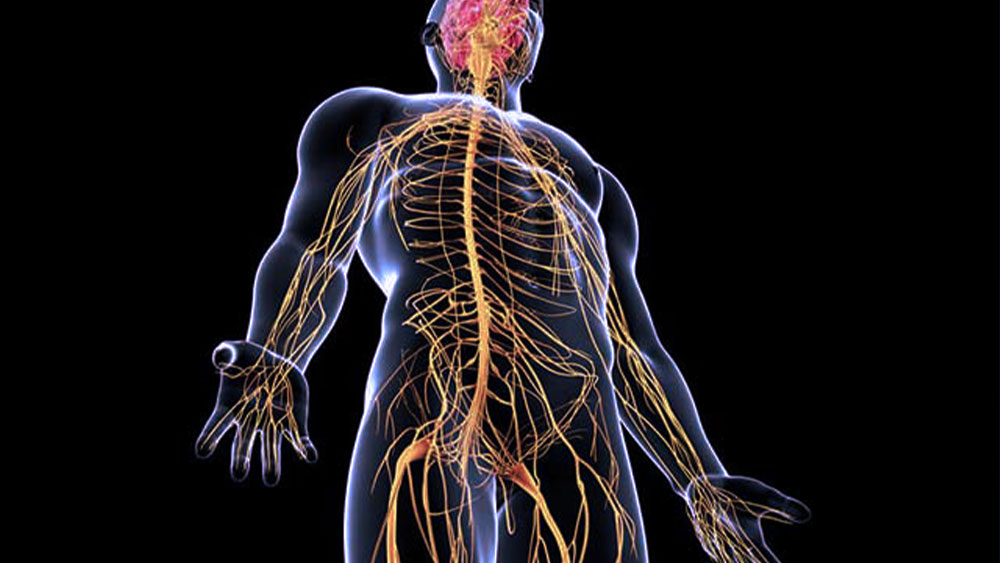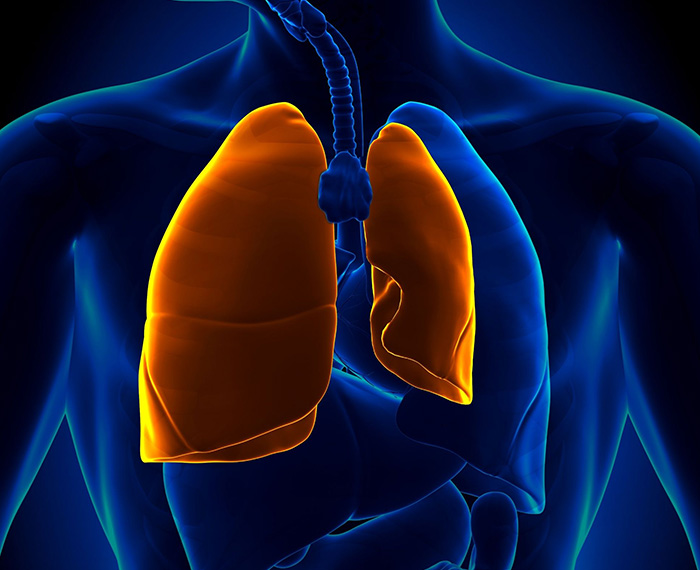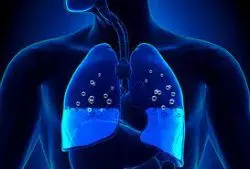Chest Wall Deformities
What Are Chest Wall Deformities?
Congenital differences in the ribs and cartilage can cause the sternum to protrude forward (pectus carinatum) or sink inward (pectus excavatum). The deformity may become more noticeable as a child grows. Functional problems are rare, but aesthetic and psychological effects may occur.
Treatment Options
Surgery is the only effective solution. The decision usually depends on aesthetic and psychological considerations.
Surgical Techniques
-
Open Surgery:
-
5–6 cm incision on the sternum.
-
Removal of several cartilage pieces from the lower ribs.
-
A small piece of the sternum may be removed and stabilized with steel wires.
-
A metal bar is placed under the sternum and removed after 6 months to 3 years.
-
-
Closed Surgery (Nuss Procedure):
-
Endoscopic access to the chest cavity.
-
A pre-shaped metal bar is inserted under the sternum to correct the deformity.
-
Surgical Risks
Pain, metal bar displacement, bleeding, and rarely recurrence of the deformity.
Hospital Stay
Typically 2–4 days.

